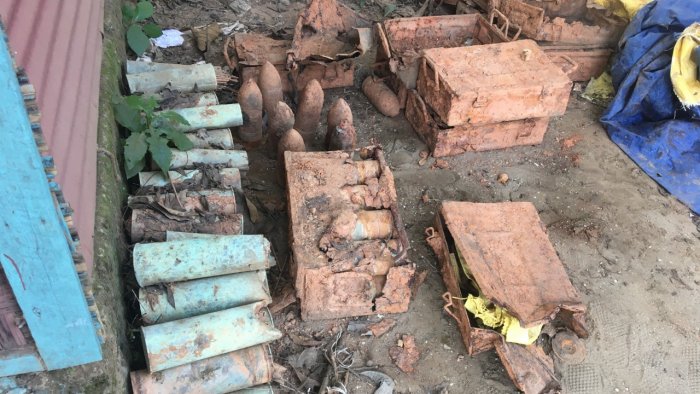20/10/2021 India, Manipur, Chandel, Moreh
“If you ever come across anything suspicious like this item, please do not pick it up, contact your local law enforcement agency for assistance”
Sumir Karmakar
Lalsangmuon Gangte and his brother Lenkhogin were digging a pit behind their courtyard on September 30 at Lhangkhinchoi in Moreh – a border town in Manipur – when a bomb exploded, killing both on the spot. The police investigation that followed revealed that the bomb that one of them hit unknowingly with a spade was an unexploded shell buried by the Allied forces in 1944 during World War II when the Japanese forces had marched into Moreh via present-day Myanmar. Moreh, situated about 110 kilometres south of Manipur’s capital Imphal, is a town bordering Myanmar. The youngest brother of the victims, Mamang refused to talk to DH about the mishap, but according to Rajeshwor Yumnam, president of World War-II Imphal Campaign Foundation, mishaps like this have happened in the past too, and a threat looms large as unexploded bombs and artillery shells still remain abandoned in the jungles.
Photo-Source: deccanherald.com
If you find anything that appears to be an explosive device, do not touch it, leave it where it is and call the police. We will contact the appropriate agencies to properly dispose of the item.
Dear editors, Biography of a bomb is aimed at highlighting the danger caused by unexploded bombs. Moreover, the most important aspect is that we work completely non profit, raising awerness about this topic is what drives us. We apologize if we make use of pictures in yours articles, but we need them to put a context in how findings are done. We will (and we always do) cite source and author of the picture. We thank you for your comprehension





